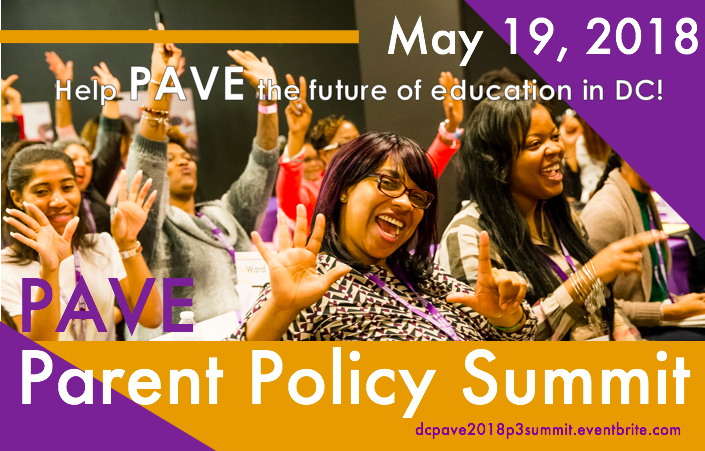Teaching in person and teaching remotely is a vastly different experience for students, teachers, and parents alike.
My 5-year-old daughter, Z, is competitive, extroverted, and curious. Like many students across the district did in September, Z started a brand-new school remotely where she was confronted with unfamiliar teachers, classmates, norms, and curriculum, as well as classes in a new foreign language — Mandarin Chinese.
While Z is extremely adaptive, I struggled to motivate her to participate and pay attention to the countless video sessions and the self-guided projects in between. I found myself negotiating and trying to reason with a 5-year-old, even though I knew at the end of the day that her resistance to this new learning structure was valid.
Hearing and processing her concerns, I decided to create a separate curriculum for Z so that she could at least make progress in math and English. I quickly learned that it was difficult for my child to see and respect me both as her parent and her teacher. An activity that would normally take under an hour to complete in class would take us up to three hours.
While I was grateful to have the opportunity and privilege to teach my child, this is not the optimal approach for my daughter. Earlier in the year, I could see that Z was missing the social aspect of being in a school as well as the competitive and playful nature of learning when she vocalized her daydreams about meeting her friends, doing science experiments with her teachers and future playdates with her new virtual friends.
After making our rounds with public, charter and private schools for the last three school years, my husband and I decided to enroll Z in a private school in DC which accommodates all families — those who want to be in-person and those who want to be virtual. The difference has been jaw-dropping. Z wakes up eager to go to school and learn. Her math and English have significantly improved, and she is thriving in learning Chinese. She has also quickly built relationships with her teachers and classmates.
Attending school in person isn’t what’s best for every child, but it was what was best for my child. Understanding that the reality of virtual learning is not changing overnight for many families across the District, I challenge policymakers and school leaders to work harder to build a better relationship with parents so that we can trust that they will be effective in providing safe in-person learning options for kids like Z.
By Jonida Spahija, Citywide Board member and Ward 8 PLE Board member


